So you’re a Salesforce user. Do you enjoy using it? Does it make you more productive? I’m sure that if we took a survey of users right now, we would see huge disparity in our answers.
Your company has invested in Salesforce to help you perform your job more efficiently, and allow you to focus on the most important tasks. But sometimes, without proper training and user adoption, users don’t actually see this benefit. Salesforce has so many out-of-the-box features that you can start using right now – here are my top Salesforce tips…
1. Salesforce List Views
First on my list of Salesforce tips is “List Views” – Salesforce’s way of managing different sets of data within Objects. If “Recently Viewed,” “My Open Leads,” or “My Cases” mean anything to you, you’ll know that these are out-of-the-box list views.
But did you know you can create your own list views? You can slice and dice your data whichever way you like to best manage your records (and your day). For example, you could create your very own Lead list view and filter based on the Lead Source.
Note that you can pick and choose the columns displayed in the list view, as long as they have been added to the page layout by an admin.
By default, Salesforce provides you with the “Recently Viewed” list view when you click on an object. If this view provides you with little value, then you can easily switch over the default list view by clicking on the little pin icon next to the current list view you have selected.
This is a great way to save a few clicks and make your work life more productive.
When compared to Classic, list views have much greater functionality in Lightning with the likes of pinning, resizing columns, and more. But one of the greatest list features is the ability to view records at different stages grouped together in a fresh-looking Kanban view. Check out this guide on how to get going with the Kanban view.


2. Inline Editing
Now available for both list views and reports, inline editing is one of those functionalities you’ll be wondering why you hadn’t heard about until now.
Inline editing allows you to quickly update fields across one or multiple records. While inline editing for Salesforce reports is a relatively new functionality, the list view alternative has been around for a long time. Both of these can be enabled by a Salesforce Admin.
The concept is the same for both ways of inline editing – from either a list view or report, you can double click and edit the fields (the little pen icon next to them).
3. Customize My Pages
Something as simple as the amount of information from the object page can improve the overall experience, as well as the performance.
This small setting is not something that’s commonly known, but it’s important to note that you can make personal preferences such as which related lists appear when looking at an object record page. Beyond this, you can order the related lists to your liking without affecting your colleagues.
This can be found by navigating to your user settings, under the Display & Layout category.
4. Pipeline Inspection
One other relatively new Salesforce out-of-the-box feature is Pipeline Inspection. This can become a sales manager’s best friend as it provides key information pertaining to an individual rep’s or team’s forecast for a given time period.
This feature is free with certain Salesforce editions. Feel free to share this guide with your Salesforce Admin as they will have to enable this functionality and assign the proper permissions.
5. Einstein Search
Next on my list of Salesforce tips is Einstein Search, which Salesforce guarantees will help you “work faster and smarter” – and it lives up to the expectation. Like many others, this feature should be enabled by your Salesforce Administrator and it is available for most Salesforce editions within the Lightning Experience.
As a user, the biggest advantages for you are definitely easy access to related records (and record specific actions), as well as the return of a custom filtered list based on natural language search with phrases such as “My Accounts” or “Opportunities Created Last Month”.
For example, you can easily create a Case related to an Account (without even opening the Account) with immediate access to all other related lists.
6. Customize Navigation
Do you see the pencil icon on the far right of your navigation bar? Click on it to reorder items and rename any custom list views or records you have added to the navigation bar as long – as your Salesforce Admin has allowed this option for the Lightning App you’re in.
In the top, right-hand corner menu you can control your display density with two options: Comfortable and Compact. These will change the amount of information shown on the screen – fantastic if you want to squeeze in as much as possible!
7. Use Reports and Dashboards to Analyze Metrics
Next up on the list of Salesforce tips: reports and dashboards. I’m sure that any Salesforce user reading this has seen a report or two in their life… but have you created one? Reports aren’t just for admins to generate, they are extremely easy to create and you can gain amazing insights from them.
Your manager or admin will have probably set up some reports and dashboards for you that show key KPIs and statistics – if not, then ask them to! But for any insights you want to gain from your own records, just create a report.
- Where do my biggest deals come from? (Lead Source)
- How long does it take me to close a deal?
- What industry are most of my accounts in?
- What’s the resolution for most of my cases?
All the above questions (and more!) can easily be answered by creating a report or a Salesforce dashboard if information from multiple reports is required.
8. Favorites and Global Actions
Found at the top right corner of Salesforce lightning pages, the star icon representing Favorites is exactly what you need to quickly save quite a few clicks! This feature works just like the browser bookmarks, and not only can you mark as favorites Reports or Dashboards, but individual records and list views are supported too.
You can re-order or remove items from the list at any time using the little arrow next to the star and the edit option and search through the list since at this time one might have as much as 200 favorites!
Sitting alongside your favorites icon is another handy symbol that can help you create records fast – the plus sign gives you access to Global Actions.
These can be accessed from any Salesforce page, and while out-of-the-box actions are available, your Salesforce Admin can also add custom ones in there at any time.




9. Utility Bar
The Utility Bar can be enabled by your admin for a new or existing Lightning App – it’s a bar at the bottom of the screen and has clickable items that open in a smaller panel for easy access.
History, notes, and even list views are available to be added out of the box, but custom items can be created by your Salesforce team and added to the utility bar.
10. Tasks, Activities & Emails
Finally, the last of my top Salesforce tips: tasks, activities, and emails. If you’re not utilizing these, you are missing out on some of the core functionality of this powerful CRM system.
The three elements mentioned above do require you to insert a little bit of extra data into Salesforce, which some might say fall into the admin category. But trust me, as a sales user myself, I can tell you it’s worth it.
- Activities let you log interactions that have happened with your customer, record important meeting notes, or brief comments about why you interacted with that client.
- Tasks allow you to create an action for yourself to follow up. You can set a date, a reminder, and a brief description. Bonus – you can even set tasks for others!
- Emails allow you to send emails out to clients directly from Salesforce. You can do this within Salesforce, taking advantage of time-saving features like email templates. The email will also automatically save to Salesforce so you don’t need to log that activity! Learn how to create email templates here.
Summary
As with any tool in the tech stack, learning to optimize Salesforce for your day-to-day tasks takes time. These Salesforce tips are here to help you speed up this process with amazing out-of-the-box functionalities. If you are a user or an admin, leveraging the functionalities above will ensure an increase in productivity with a low level of setup effort.

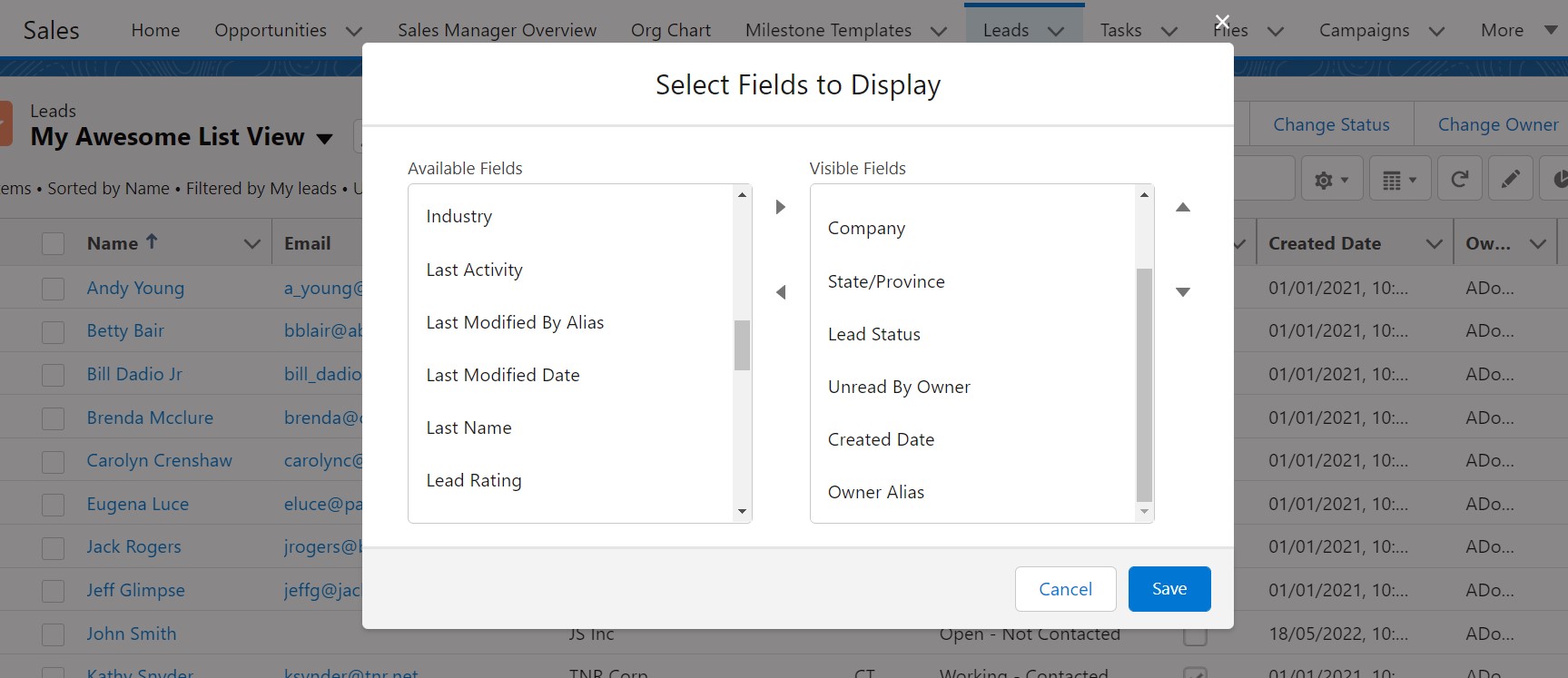






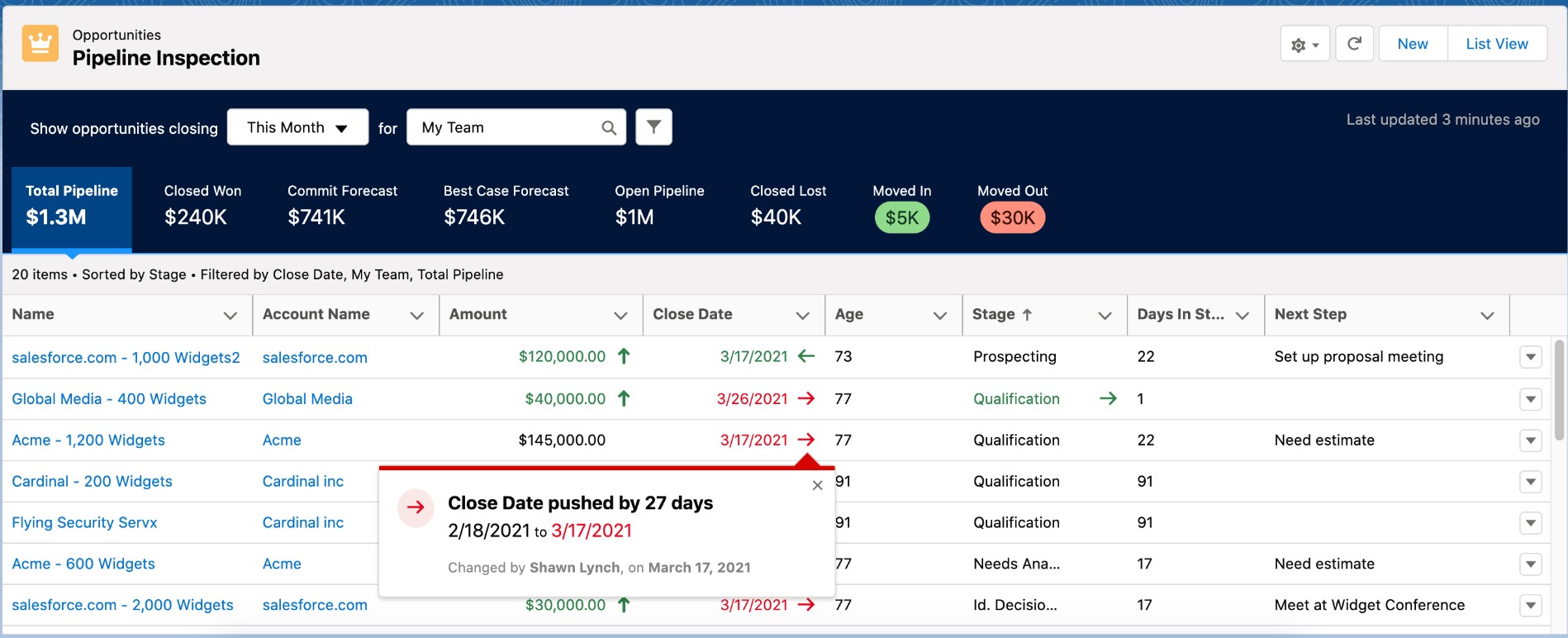



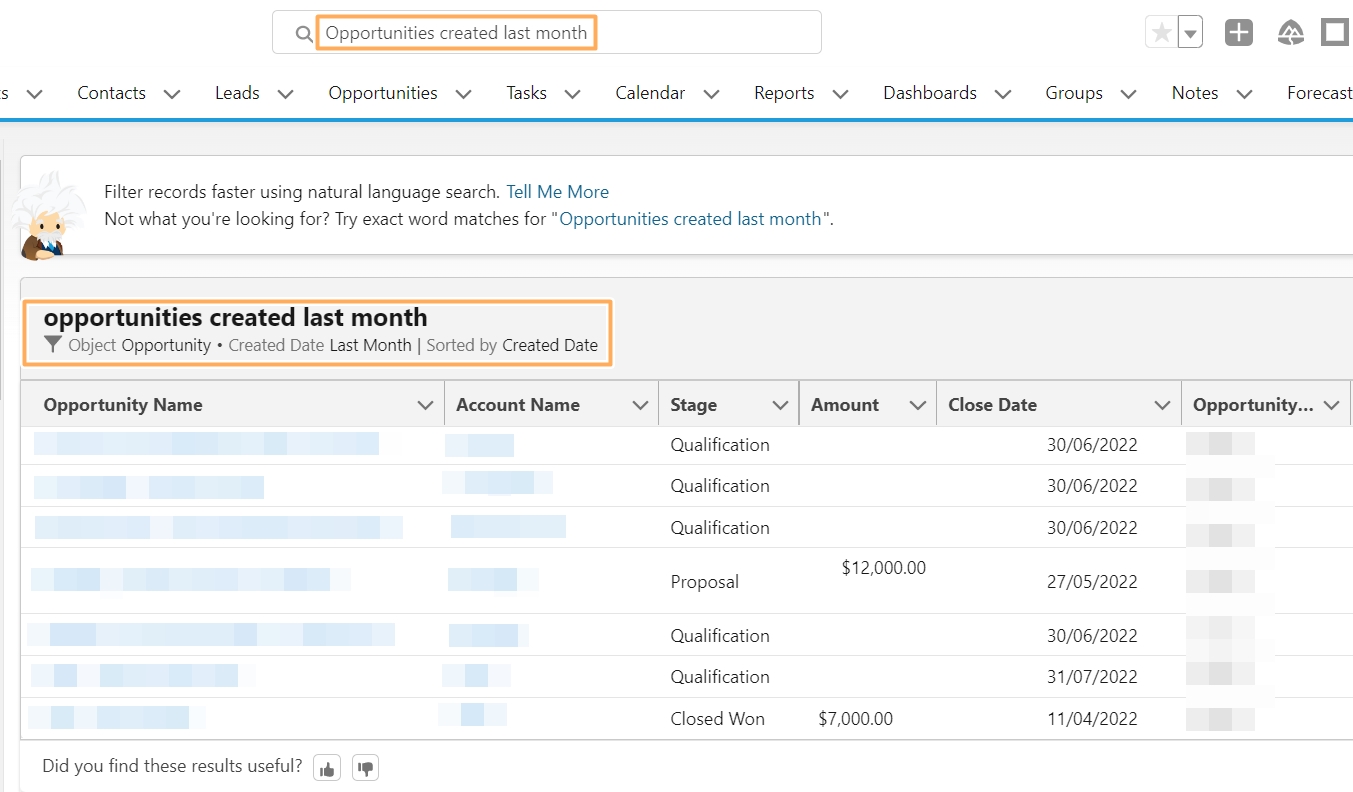
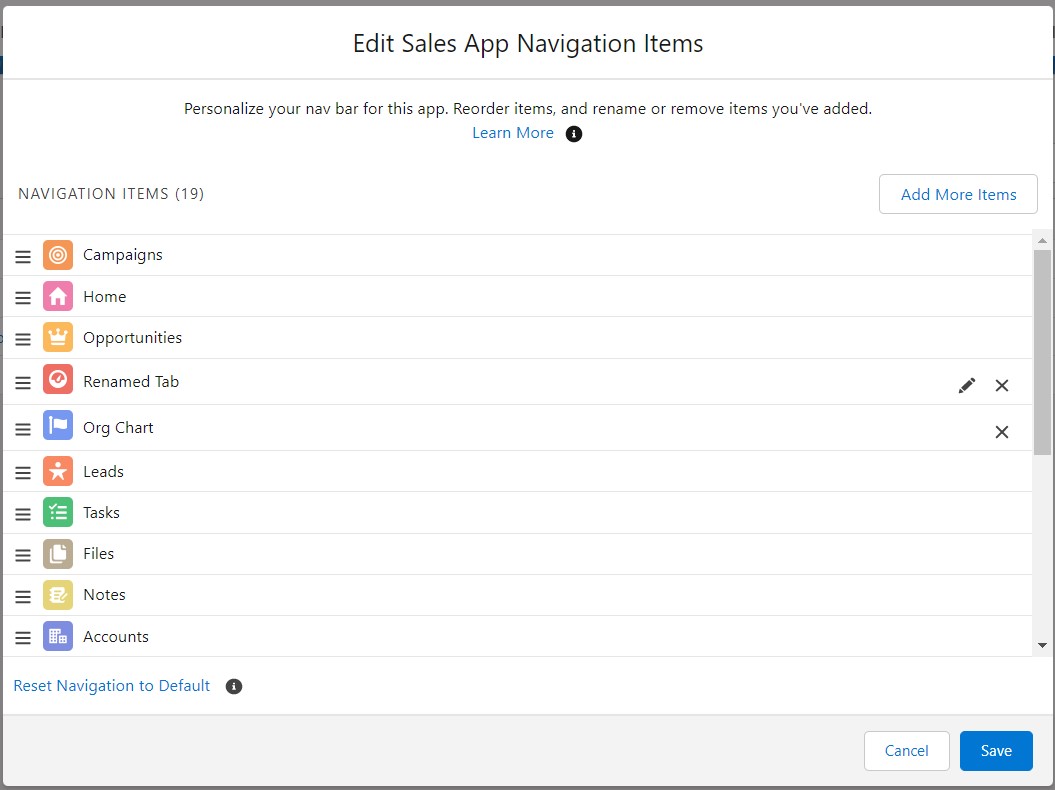
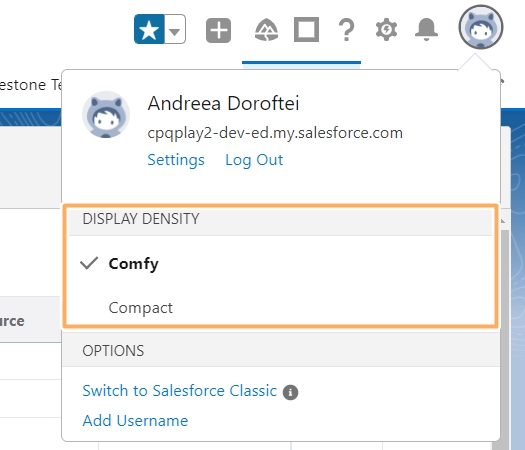

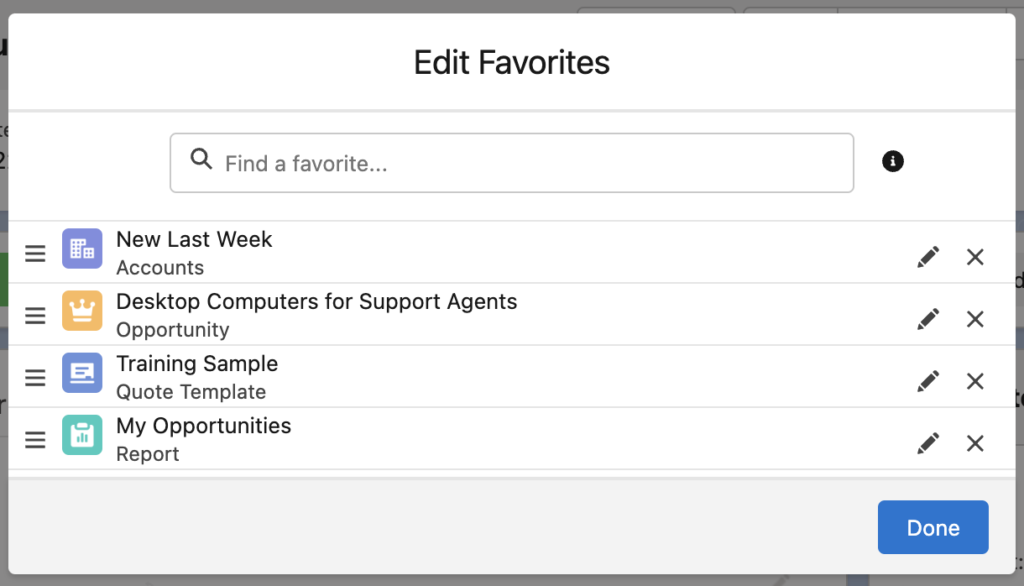

Comments: